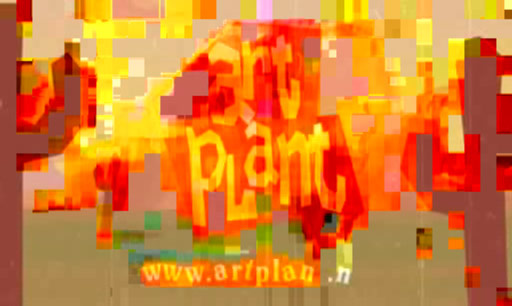I was studying a file called vox.dat scavenged from the GameCube version of Metal Gear Solid: The Twin Snakes, the seminal, tactical, tip-toeing game starring Solid Snake. The file contains a lot of multi-lingual subtitle strings as well as the actual English speech recited along with the subtitle presentation. What format does this commercial game use? Would you believe Ogg Vorbis? The constituent audio streams are all tagged with the string “Xiph.Org libVorbis I 20020717”, which is quite old. The current version of the Xiph’s ogg123 playback tool does not decode a stream properly. Some of the data is audible, but a lot of audio chunks are skipped. FFmpeg fares a little bit better but still scrambles some audio.

Is this a case of poor backwards compatibility? Or perhaps the creators — Silicon Knights — deliberately monkeyed with the bitstream? I found that last situation a bit implausible as I assumed developers would treat this third party codec stuff as a black box. But as an experiment, let’s go back in time, courtesy of Xiph’s source control:
svn co -r {20020717} http://svn.xiph.org/trunk/ogg ogg-svn
svn co -r {20020717} http://svn.xiph.org/trunk/vorbis vorbis-svn
svn co -r {20020717} http://svn.xiph.org/trunk/vorbis-tools vorbis-tools-svn
I removed all of the related components on my system for good measure. With a little persistence and a lot of disabled options while building the tool set, I was finally able to get the components to build. Those old tools still have the same trouble with these Ogg Vorbis files:
$ oggdec mgs1-sample1.ogg
OggDec 1.0
Decoding "mgs1-sample1.ogg" to "mgs1-sample1.wav"
[ 1.5%]Warning: hole in data
[ 4.5%]Warning: hole in data
[ 6.5%]Warning: hole in data
[...]
[127.5%]Warning: hole in data
[130.5%]Warning: hole in data
[132.5%]Warning: hole in data
[134.5%]
Or maybe the tool is just extremely capable if it can decode more than 130% of the file.
I have placed three manually ripped samples in the archive; each is 512 KB. I would start ripping at offsets where I saw an ‘OggS’ marker that was followed soon after by the libVorbis ID string. If you care enough, have a look. And to what end? Isn’t it obvious? To create a “Learn English With Solid Snake And Friends” application.

Learn handy, everyday phrases like, “I’m no rookie!” and “Don’t think! Shoot!” English speakers will be able to learn the same phrases in other languages, though they won’t have the benefit of pronunciation.
I’m still working out the details of the vox.dat file format. I have some things sorted out. Perhaps readers who know German, French, Italian, or Spanish, and who understand non-ASCII character encodings can answer whether these schemes fit any well-known encodings (I know that the 0x0A is a line break in the subtitle):
53 70 72 69 63 68 20 6E 69 63 68 74 Sprich nicht
20 7A 75 20 6D 69 72 20 77 69 65 20 7A 75 0A 65 zu mir wie zu.e
69 6E 65 6D 20 41 6E 66 1F 0B 6E 67 65 72 21 inem Anf..nger!
4C 61 20 66 65 72 6D 65 2C 20 6C 1F La ferme, l.
09 2D 64 65 64 61 6E 73 20 21 .-dedans !
5A 69 74 74 6F 20 6C 1F 09 20 64 65 Zitto l.. de
6E 74 72 6F 21 ntro!
1F 42 1F 42 41 20 71 75 1F 0F 20 65 .B.BA qu.. e
73 74 1F 08 73 20 65 73 70 65 72 61 6E 64 6F 21 st..s esperando!
21 0A 1F 42 1F 42 44 69 73 70 61 72 61 21 21 !..B.BDispara!!
Empirical analysis simply implies that a character 0x1F is followed immediately by a character not in the standard ASCII set.





